Leak Testing Tasks for Electronics and Sensors of Modern ADAS Vehicles
If vehicles are supposed to move autonomously or semi-autonomously, they must be equipped with a variety of sensors and electronic components called Advanced Driver Assistance Systems (ADAS).
To guarantee the safety of passengers as well as other road users, ADAS components must function reliably throughout the life of the vehicle. Water, however, is the enemy of all electronics and sensors. It is often necessary to not only prevent the ingress of liquid water, but also of atmospheric moisture. Many ADAS sensors must therefore not only be waterproof, but even gas-tight. Manufacturers use modern test gas methods that are as sensitive as they are reliable to ensure this.
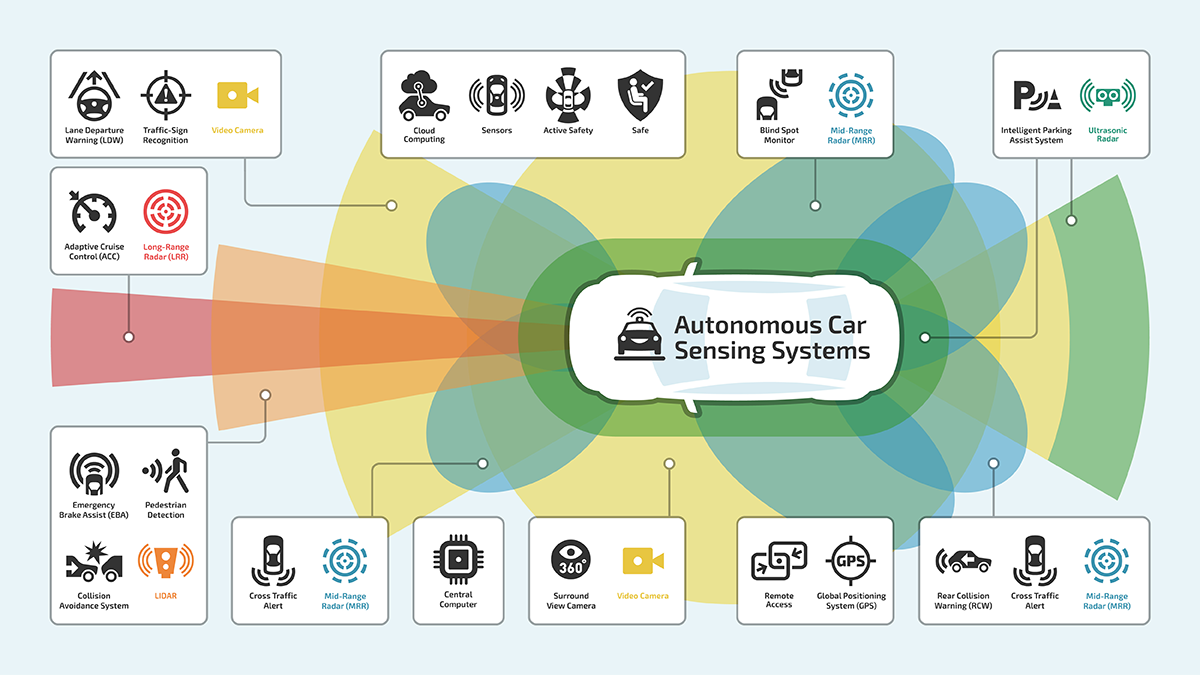
The more autonomous the vehicle, the more functionally reliable environmental sensors are required.
Zero-defect strategy instead of Six Sigma
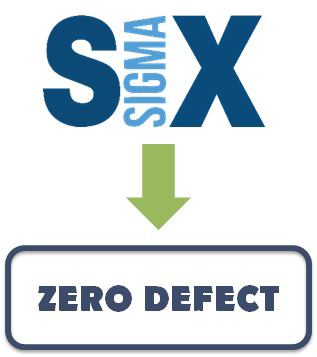 In consumer electronics devices, the demands on the robustness and tightness of the semiconductor technology are naturally far lower than in the safety-critical components of a vehicle. In consumer electronics, operation in temperature ranges of 0 to 40 °Celsius is required, while vehicle electronics usually have to function reliably in a temperature window of -40 to 150 °Celsius. Looking at ADAS sensor technology, the requirements are much more stringent compared to consumer electronics. A Six Sigma approach that allows 3.4 defects in one million parts would be inconceivable. Instead, manufacturers of ADAS components pursue a zero-defect strategy - with less than one defect in one billion parts – to ensure the safe operation of vehicles that are intended to move autonomously or semi-autonomously in dense urban traffic as well as at highway speeds.
In consumer electronics devices, the demands on the robustness and tightness of the semiconductor technology are naturally far lower than in the safety-critical components of a vehicle. In consumer electronics, operation in temperature ranges of 0 to 40 °Celsius is required, while vehicle electronics usually have to function reliably in a temperature window of -40 to 150 °Celsius. Looking at ADAS sensor technology, the requirements are much more stringent compared to consumer electronics. A Six Sigma approach that allows 3.4 defects in one million parts would be inconceivable. Instead, manufacturers of ADAS components pursue a zero-defect strategy - with less than one defect in one billion parts – to ensure the safe operation of vehicles that are intended to move autonomously or semi-autonomously in dense urban traffic as well as at highway speeds.
The housing material as a sealing factor
The natural enemy of all electrical and electronic components in a vehicle is water. Protecting the housings of electronic components against water ingress is correspondingly important to avoid the risk of short-circuiting. ADAS sensors usually have to comply with protection classes IP67 or even IP69K.
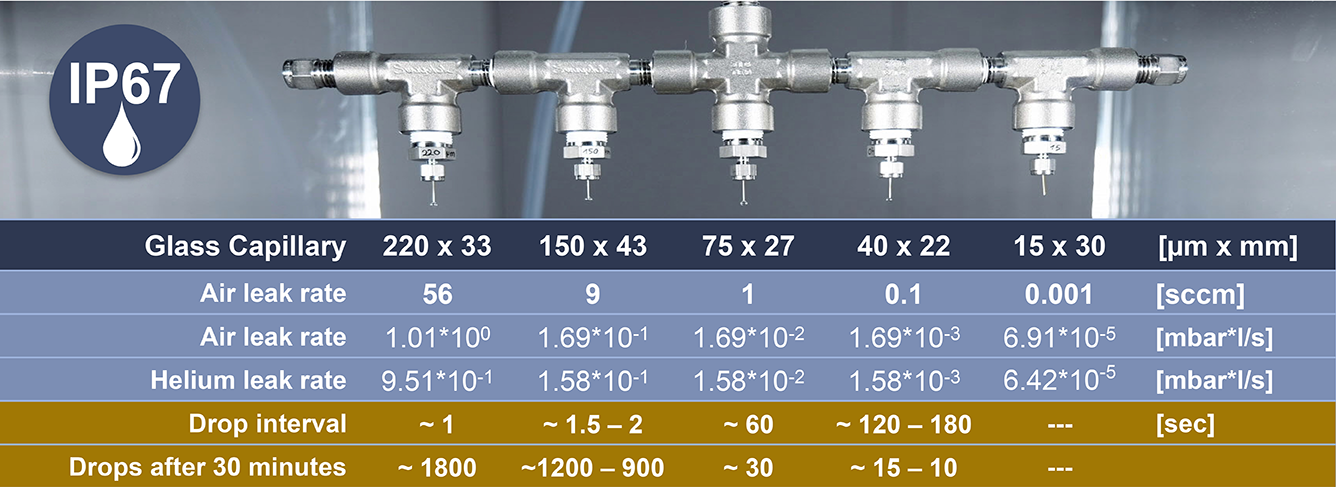
There is a close correlation between the enclosure material and the limiting leakage rates to be tested for. Interestingly, enclosures made of plastic or steel have less stringent requirements than enclosures made of aluminum (see Ingress Protection Class IP67 – Tests Prove Leak Rate Specification). This is because the ease with which water penetrates an enclosure through a leakage channel of a defined length and diameter has a decisive influence on how easily a drop of water can detach itself from the enclosure material.
Aluminum, for example, is much more critical than plastic material because water comes off aluminum much more easily. To ensure that no water can enter plastic enclosures, they can be tested against a helium leakage rate of 10-3 mbar∙l/s using the simple accumulation method. Here the enclosure is filled with the test gas and placed in a simple accumulation chamber. A leak detector then measures how much test gas from any leaks escapes from the enclosure into the chamber in a given period of time and determines the leak rate from these measures.
Vacuum tests for aluminum housings
If housings are not made of plastics or steel, but of aluminum, tests against leaks one hundred times smaller are required. For such tests against leakage rates of 10-5 mbar∙l/s, helium testing in the vacuum chamber is the only option. The aluminum housing is filled with helium and placed in a chamber that is evacuated from air afterwards. A vacuum leak detector senses even the smallest quantities of helium that escape into the vacuum. Sometimes, however, there is no possibility of filling the housing - for example because it is already hermetically sealed. In this case, the so-called bombing method is used. In bombing, the test part is first exposed to a helium atmosphere so that the test gas can penetrate through any leaks into the interior of the housing. Only then can the test part be placed in the vacuum chamber, where the escaping helium is detected as described before.
Control modules with Gore-Tex® membrane
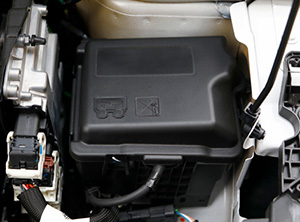 In some manufacturing processes, the need for subsequent leak testing is already taken into account - and bombing is avoided by filling the housing with one percent helium immediately before its final sealing. Leaks can then be detected again by vacuum leak testing.
In some manufacturing processes, the need for subsequent leak testing is already taken into account - and bombing is avoided by filling the housing with one percent helium immediately before its final sealing. Leaks can then be detected again by vacuum leak testing.
However, there is another way to get the test gas inside the part. Control modules are very often equipped with a semi-permeable Gore-Tex membrane to compensate for temperature-related differences in air pressure and to prevent a pressure difference between the inside of the housing and the environment. The fact that such enclosures breathe through their membrane is used to pressurize them with helium during leak testing. The escaping test gas can then be detected in an accumulation chamber or in a vacuum chamber. Testing in a vacuum chamber always has the advantage of higher testing speed and shorter cycle times while testing in the simple accumulation chamber requires less investment, but typically requires longer testing cycles.
ADAS sensors must be gas-tight
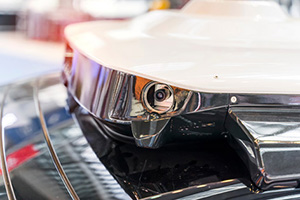 Many ADAS sensors must not only be waterproof, but also gas-tight. A component that is not gas-tight always carries the risk that penetrated humidity will condense with temperature changes and impair its absolute and permanent functional reliability. Fogging due to humidity is a similar problem for LIDAR (Light Detection And Ranging) and for camera optics. In order to verify the gas tightness of the safety-critical LIDAR and camera components and to exclude any ingress of atmospheric moisture, leakage tests against very small limiting leakage rates in the range of 10-6 to 10-7 mbar∙l/s are required. These small leak rates can only be detected by helium vacuum testing. The same stringent tightness requirements also apply to the gas seals in a sensor housing with electric feedthroughs.
Many ADAS sensors must not only be waterproof, but also gas-tight. A component that is not gas-tight always carries the risk that penetrated humidity will condense with temperature changes and impair its absolute and permanent functional reliability. Fogging due to humidity is a similar problem for LIDAR (Light Detection And Ranging) and for camera optics. In order to verify the gas tightness of the safety-critical LIDAR and camera components and to exclude any ingress of atmospheric moisture, leakage tests against very small limiting leakage rates in the range of 10-6 to 10-7 mbar∙l/s are required. These small leak rates can only be detected by helium vacuum testing. The same stringent tightness requirements also apply to the gas seals in a sensor housing with electric feedthroughs.
No autonomous driving without leak testing
The goal of ADAS component manufacturers to achieve a failure rate of less than one case per billion parts may seem ambitious, but it is essential. The functionality of all safety-critical systems must be guaranteed in the long term. Intensive and reliable leak checking of these components for gas-tightness during production and ruling out even the smallest leaks reduces the risk of moisture ingress. Sensors that go blind, as it were, in the middle of operation would be unimaginable at the higher ADAS autonomy levels. No autonomous driving without leak testing. So it is important to remember that a successful leak testing program results in safe, reliable autonomous driving.
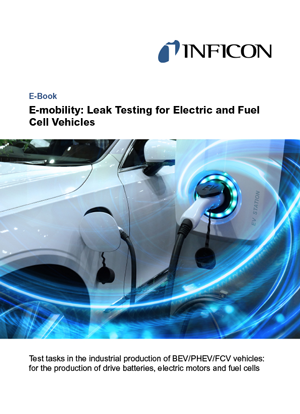 Leak test for vehicles with electric and fuel cell drives
Leak test for vehicles with electric and fuel cell drives
In a comprehensive e-book, INFICON discusses the diverse leak testing tasks involved in the production of vehicles with alternative drive systems - whether battery electric (BEV/PHEV) or hydrogen fuel cell (FCEV). Topics include battery cells and housings as well as fuel cells and hydrogen tanks. The e-book also covers electric drive motors, control modules and sensors. It is available for download free of charge here.
For help with your specific autonomous leak testing requirements, please contact your nearest sales representative.
